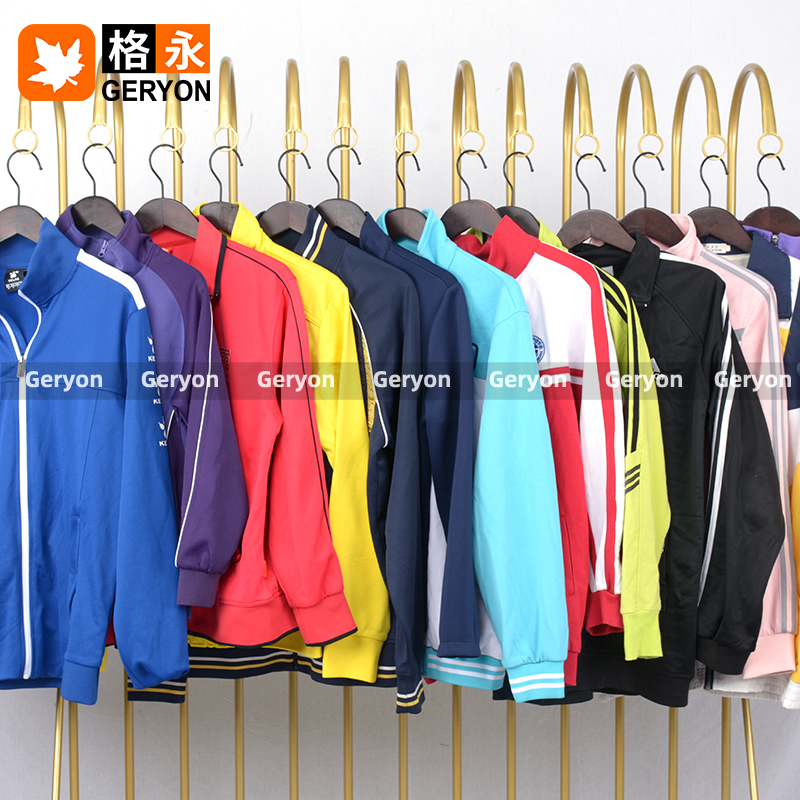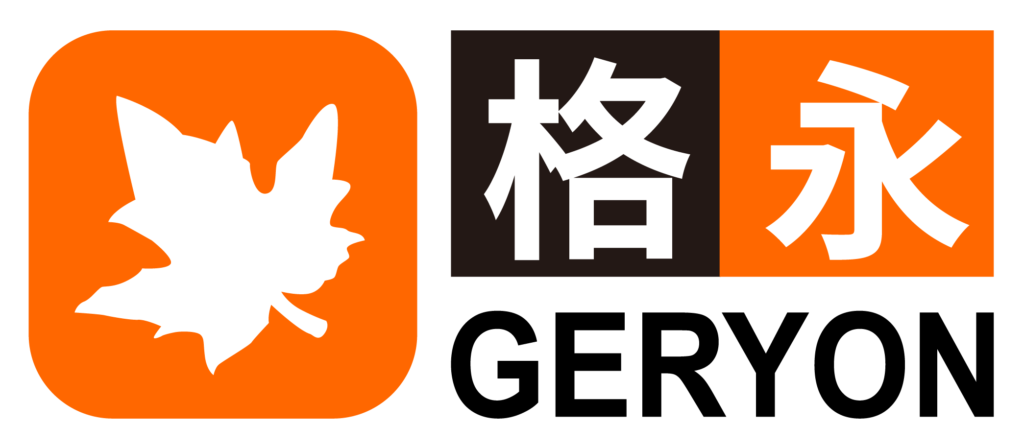In 2024, Sudan used clothes have become an essential part of the retail landscape, especially as the demand for budget-friendly fashion grows. The shift towards second-hand clothing is not only driven by economic factors but also by increasing awareness about sustainability. For B2B importers looking to enter or expand their presence in Sudan’s used clothing market, understanding these trends is key to making informed decisions. This article will highlight the critical market trends and provide actionable insights on how to navigate the Sudan used clothes market effectively.

Table of Contents
1. Introduction: Understanding the Sudan Used Clothes Market in 2024
The Sudan used clothes market has gained significant attention in recent years as demand for affordable and sustainable clothing rises. As one of the largest markets in Africa for second-hand goods, Sudan presents a unique opportunity for B2B importers looking to capitalize on the growing trend of used clothing. The influx of second-hand clothes in Sudan is driven by a combination of economic challenges and a growing awareness of environmental sustainability. In 2024, understanding these factors is essential for businesses seeking to enter or expand within the Sudan used clothes market.
Why Sudan’s Used Clothes Market is Booming
The demand for used clothes in Sudan has surged due to economic factors such as inflation and limited purchasing power, especially among the lower-middle-income population. Many Sudanese consumers are turning to second-hand clothes as a cost-effective way to access high-quality fashion without straining their budgets. With fewer new clothes available at affordable prices, Sudan used clothes have become a staple in many households, making the market an attractive target for B2B importers.
The Growing Demand for Sustainable Fashion
As awareness of environmental issues grows, many Sudanese consumers are also shifting toward more sustainable fashion choices. The appeal of used clothing lies not only in its affordability but also in its environmental benefits, as it reduces the need for new clothing production, which can be resource-intensive. B2B importers can leverage this growing interest in eco-friendly options by providing high-quality, gently-used clothing that aligns with the values of today’s environmentally-conscious consumers in Sudan.
2. Current Market Trends in Sudan’s Used Clothes Industry
In 2024, several key trends are shaping the Sudan used clothes market. Economic factors, combined with shifts in consumer preferences, are creating new opportunities for B2B importers. This chapter explores the latest market trends that are influencing the used clothes industry in Sudan, helping importers stay ahead of the curve.
Economic Factors Driving Demand
Sudan’s economic challenges, including high inflation and unemployment rates, have led to an increased reliance on second-hand goods. With many Sudanese families struggling to afford new clothing, the used clothes market has become a vital part of the retail sector. For B2B importers, this presents a substantial opportunity to provide affordable clothing options while addressing the needs of a price-sensitive population.
The Shift Towards Eco-Friendly Clothing
As Sudanese consumers become more environmentally conscious, the demand for used clothing is rising. Recycling and reusing clothing help to conserve resources and reduce waste, which appeals to consumers who are increasingly aware of the environmental impact of their purchases. Importers entering the Sudan used clothes market can benefit from this shift by offering a variety of eco-friendly, high-quality second-hand clothing items.
Insights into Consumer Preferences
Sudanese consumers have specific preferences when it comes to used clothes, often prioritizing items that are in good condition, fashionable, and affordable. Western brands, in particular, are highly sought after, as they are perceived to be of superior quality. Understanding these preferences is key for B2B importers to source and provide products that meet the needs of the Sudanese market.
3. Key Opportunities for B2B Importers in Sudan
For B2B importers, Sudan offers numerous opportunities to capitalize on the rising demand for Sudan used clothes. This chapter outlines some of the most promising market segments and strategies for successfully entering the market.
Identifying the Best Market Segments
One of the first steps for B2B importers is identifying the most lucrative market segments within the Sudan used clothes industry. Urban centers such as Khartoum are seeing a significant rise in demand for second-hand fashion, particularly among the middle class and young adults. Importers can focus on these segments by offering trendy, high-quality clothing that aligns with their purchasing habits and fashion preferences.
Leveraging the Price Advantage of Used Clothes
Used clothes offer a significant price advantage over new clothing, which is a key factor driving the growth of the market in Sudan. B2B importers can leverage this advantage by focusing on sourcing clothes at competitive prices and passing on the savings to their customers. This strategy not only attracts price-conscious consumers but also positions importers as reliable suppliers in the Sudan used clothes market.
Building Strong Supplier Relationships
Establishing strong relationships with reliable suppliers is essential for B2B importers looking to succeed in the Sudan used clothes market. Building partnerships with reputable sources of high-quality second-hand clothing, such as wholesale distributors or donation centers, ensures a steady supply of goods that meet market demand. Importers can also explore direct partnerships with international clothing recycling companies to improve the quality and variety of their offerings.
4. Navigating Challenges in the Sudan Used Clothes Market
While the Sudan used clothes market offers great opportunities, there are several challenges that B2B importers must navigate. This chapter explores key obstacles, including import regulations, quality control, and logistical issues, and offers strategies for overcoming them.
Import Regulations and Compliance
Importing used clothes into Sudan involves navigating the country’s complex regulations and customs procedures. B2B importers must ensure they comply with Sudanese laws regarding the importation of second-hand goods, which may include tariffs, import quotas, and health and safety standards. Staying updated on these regulations is essential to avoid costly delays and ensure smooth market entry.
Quality Control and Sorting Standards
The quality of Sudan used clothes is critical to the success of importers in this market. Consumers in Sudan expect second-hand clothing to be in good condition, with minimal signs of wear and tear. B2B importers must establish strict quality control measures, ensuring that the clothes they import meet local standards. Sorting clothes based on condition, style, and brand will also help to cater to specific consumer preferences.
Logistics and Distribution Considerations
Logistics is another key challenge for B2B importers in the Sudan used clothes market. Transporting used clothing to Sudan, particularly from international markets, requires careful planning. Importers must establish efficient distribution channels to ensure timely deliveries and maintain stock levels. This may involve partnerships with local logistics companies that have expertise in the Sudanese market and can navigate the country’s infrastructure challenges.
5. How B2B Importers Can Capitalize on Sudan’s Used Clothes Market
Capitalizing on the Sudan used clothes market requires strategic planning and effective marketing. This chapter discusses the most effective strategies for B2B importers to maximize their success in Sudan’s growing second-hand clothing sector.
Market Entry Strategies for Importers
Entering the Sudan used clothes market requires a clear understanding of the local consumer landscape and a well-defined market entry strategy. B2B importers can consider establishing partnerships with local retailers or wholesalers, creating direct distribution channels, or setting up an online platform to reach Sudanese consumers. A strong local presence and tailored marketing efforts will increase the chances of success in this competitive market.
Building a Competitive Advantage
To stand out in the crowded Sudan used clothes market, B2B importers must differentiate themselves from competitors. Offering exclusive or high-demand brands, focusing on superior quality control, or providing exceptional customer service are effective ways to build a competitive advantage. Importers who can demonstrate their commitment to quality and sustainability will be well-positioned to capture a larger market share.
Marketing Strategies to Reach Sudanese Consumers
Effective marketing is key to building brand recognition and attracting customers in Sudan’s used clothes market. B2B importers should use a combination of traditional marketing channels, such as billboards and radio, along with digital marketing strategies, such as social media and influencer partnerships. Highlighting the affordability, quality, and sustainability of Sudan used clothes will resonate with local consumers and increase sales.
6. Conclusion: Preparing for Success in the Sudan Used Clothes Market
In conclusion, the Sudan used clothes market presents a wealth of opportunities for B2B importers who are prepared to navigate its unique challenges. By understanding current market trends, consumer preferences, and regulatory requirements, businesses can position themselves for long-term success in this growing sector. Looking ahead, the demand for second-hand clothing in Sudan is expected to continue rising, making it an exciting time to enter this market and build a profitable business.







